If you're new to succulents, you may wonder what soil is best for them. Succulents can be tricky plants to care for, but using the right soil can make a big difference.
This article explores the various soil types suitable for succulents and guides you on creating your own soil mix. Additionally, it addresses common soil issues and their prevention methods. Whether you are new to succulent care or have years of experience, this article offers valuable insights for everyone.
What Kind of Soil Should You Use For Succulents?
Selecting the appropriate soil for succulents requires consideration of several factors, with drainage being paramount. Succulents thrive in soil that drains efficiently, preventing waterlogging. Poor drainage can lead to root rot, ultimately resulting in the plant's demise.
Succulents require soil rich in nutrients to flourish. You may opt for a specialized succulent potting mix or enhance your current soil with organic material. Aeration is crucial for succulents, as their roots need access to air for proper growth. To ascertain sufficient aeration in your soil, verify the presence of perlite or pumice.
Most succulents thrive in slightly acidic soil with a pH between five and six. A soil test kit can be used to check your soil's pH levels. There are also many pre-made soils available that are specifically formulated for succulents, ensuring the correct pH balance.
The final point to consider is not so much the soil, but rather the pot itself. Selecting the appropriate container for your succulents is crucial. They require a pot with drainage holes to allow any excess water to escape.
Now that you know what to look for in a good soil mix let's discuss how to make your own!
How To Make Your Own Soil For Succulents
Creating a thriving environment for succulents begins with selecting the appropriate soil mixture. An ideal blend for succulent soil typically includes sand, potting soil, and either perlite or pumice. This combination provides the necessary drainage that succulents require, while also retaining sufficient moisture to meet their needs.
Additionally, incorporating a small amount of compost or peat moss can improve drainage. After combining all the components, it's important to check the pH levels prior to planting. Establishing a healthy base is crucial for giving your succulents the optimal opportunity to thrive.
Succulent soil is available at many garden stores for those who prefer not to create their own mix. Ensure you read the labels carefully and select a mix that is specifically formulated for succulents.
Common Soil Problems for Succulents
Overwatering is a prevalent issue for succulent plants, leading to root rot when the roots are submerged in water for extended periods. To avoid this, it's crucial to use soil that drains well and to water the plants only after the soil has completely dried out. Additionally, fungal diseases pose a significant threat to succulents, often exacerbated by overwatering, which creates the damp conditions that foster the growth of fungal spores.
Soil that does not drain well can exacerbate issues, as roots sitting in water are prone to infections. Should you spot white, fuzzy growth on your plants, it's crucial to discard the impacted foliage and enhance your soil's drainage capabilities.
Pests pose another threat to succulents, with aphids, mealybugs, and scale insects being particularly prevalent. These pests deplete your plants of nutrients, leading to their demise. Immediate treatment is advised upon detection of pests on your succulents.
Nutrients are vital for your succulents' health, but an overabundance can be detrimental. Excessive nutrients may lead to thick, fleshy leaves that hinder the plant's photosynthesis. Moreover, an excess of nitrogen might prompt the plant to grow more leaves than it can sustain, potentially causing fungal infections and diseases.
If you think your succulent is receiving too many nutrients, it's advisable to flush the soil with water to eliminate any surplus fertilizer. Afterwards, reduce the fertilizer usage and keep a close watch on the plant to verify it receives the proper nutrient balance.
Best Soil for Different Types of Succulents
Now that we've gone over some general tips for choosing the right soil mix let's discuss the best soil for different types of succulents.
Air Plants
Air plants, a unique variety of succulents, flourish in warm, arid environments. They are aptly named for their remarkable ability to subsist without soil, absorbing essential nutrients from the air around them. These plants are indigenous to regions such as Mexico and Guatemala, where they commonly adorn the landscapes of forests, trees, and cacti. Although air plants are capable of growing in soil, they have a propensity for water or sandy environments. This preference stems from the potential of soil to retain moisture excessively, which can cause root rot. For enthusiasts who opt for soil, it is crucial to choose a mix that offers exceptional drainage.
Cacti
Cacti, a variety of succulents, have evolved to endure dry conditions by storing water in their leaves, stems, or roots. This adaptation allows them to thrive in arid environments with minimal soil requirements.
A suitable cactus mix typically consists of three parts sand, three parts potting soil, and two parts perlite or pumice, with an addition of gravel to enhance soil drainage.
Aloe Vera
Aloe vera, a plant native to dry climates, thrives in well-drained, slightly sandy soil. The ideal soil mixture for these plants includes components like sand, pumice, perlite, and pine bark, with a pH that is neutral or leans towards alkaline.
While aloe vera is adaptable to various soil types, it does not fare well in consistently moist, poorly-drained soils.
Caring for a succulent like aloe vera can be straightforward when the proper soil mix is used. Adhering to these guidelines will help ensure your plant enjoys a healthy and prolonged lifespan.
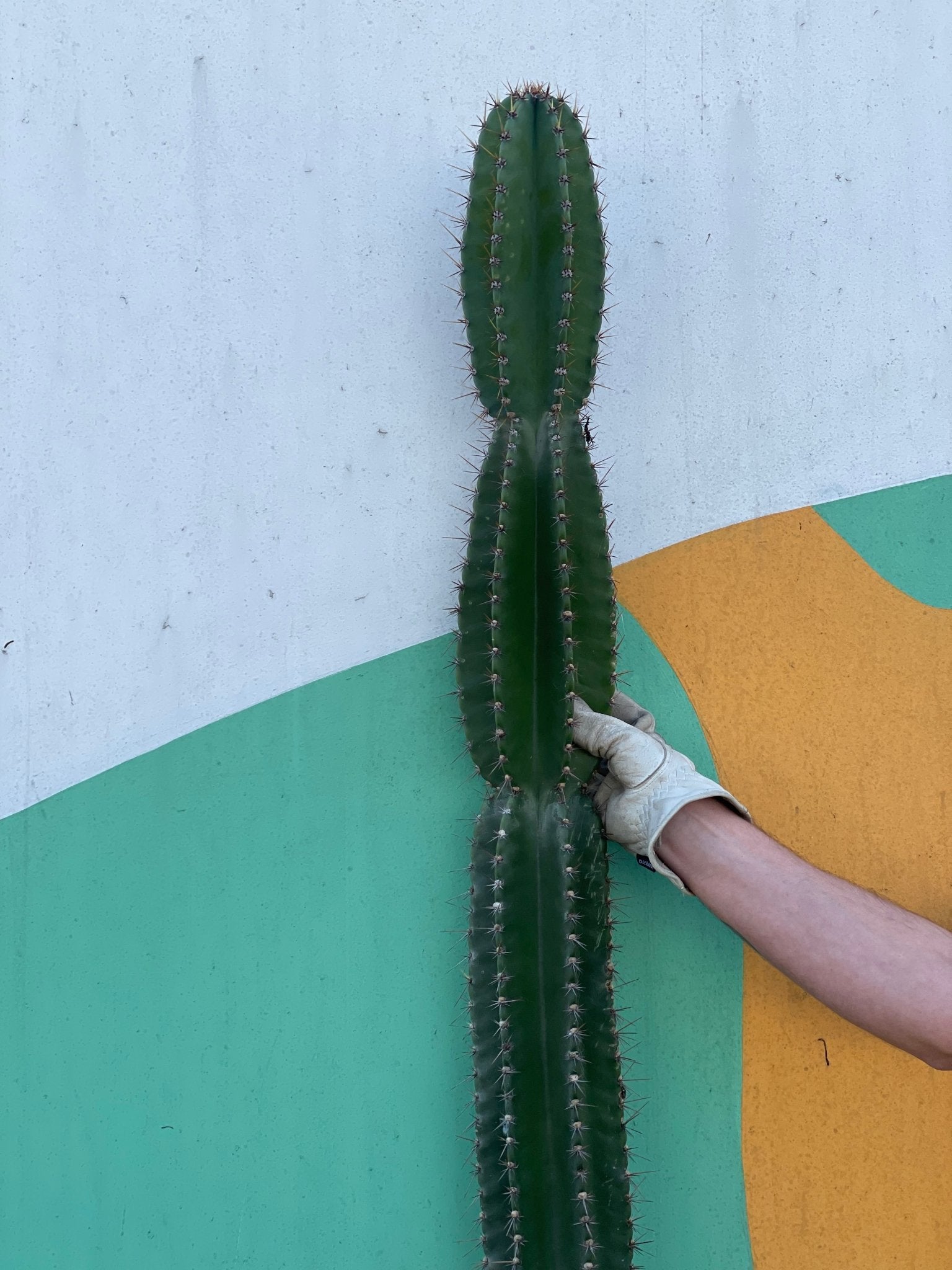
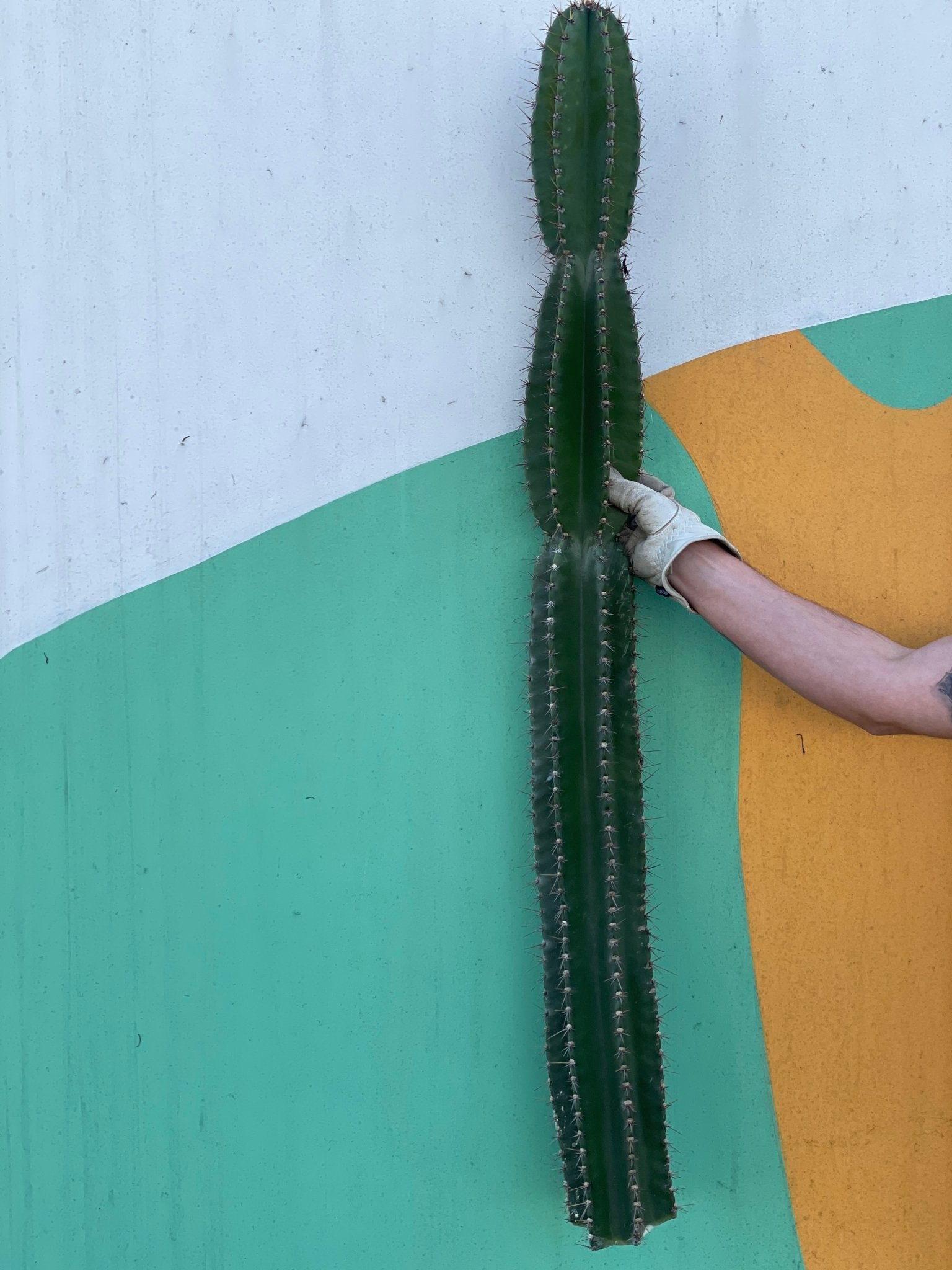
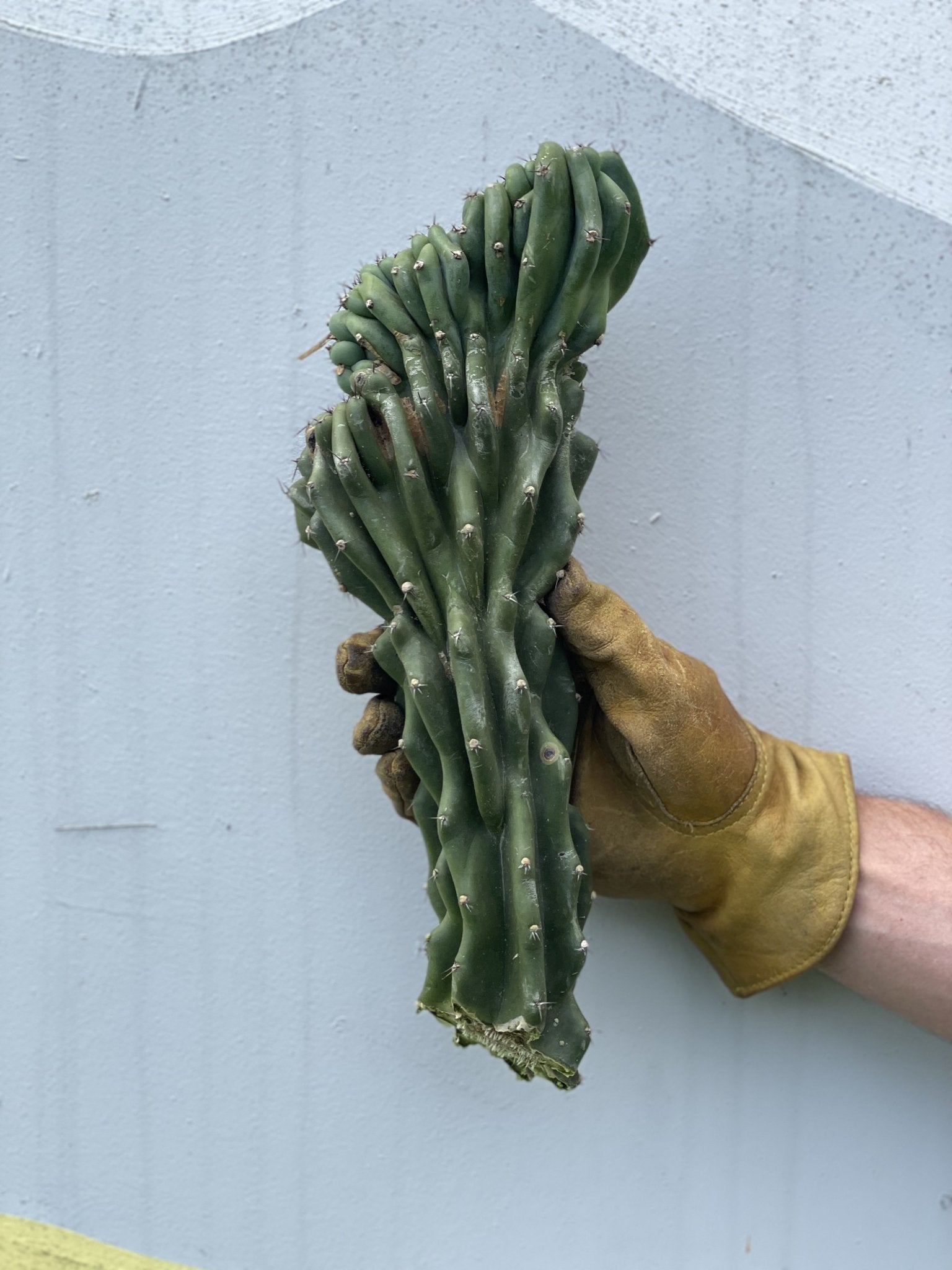
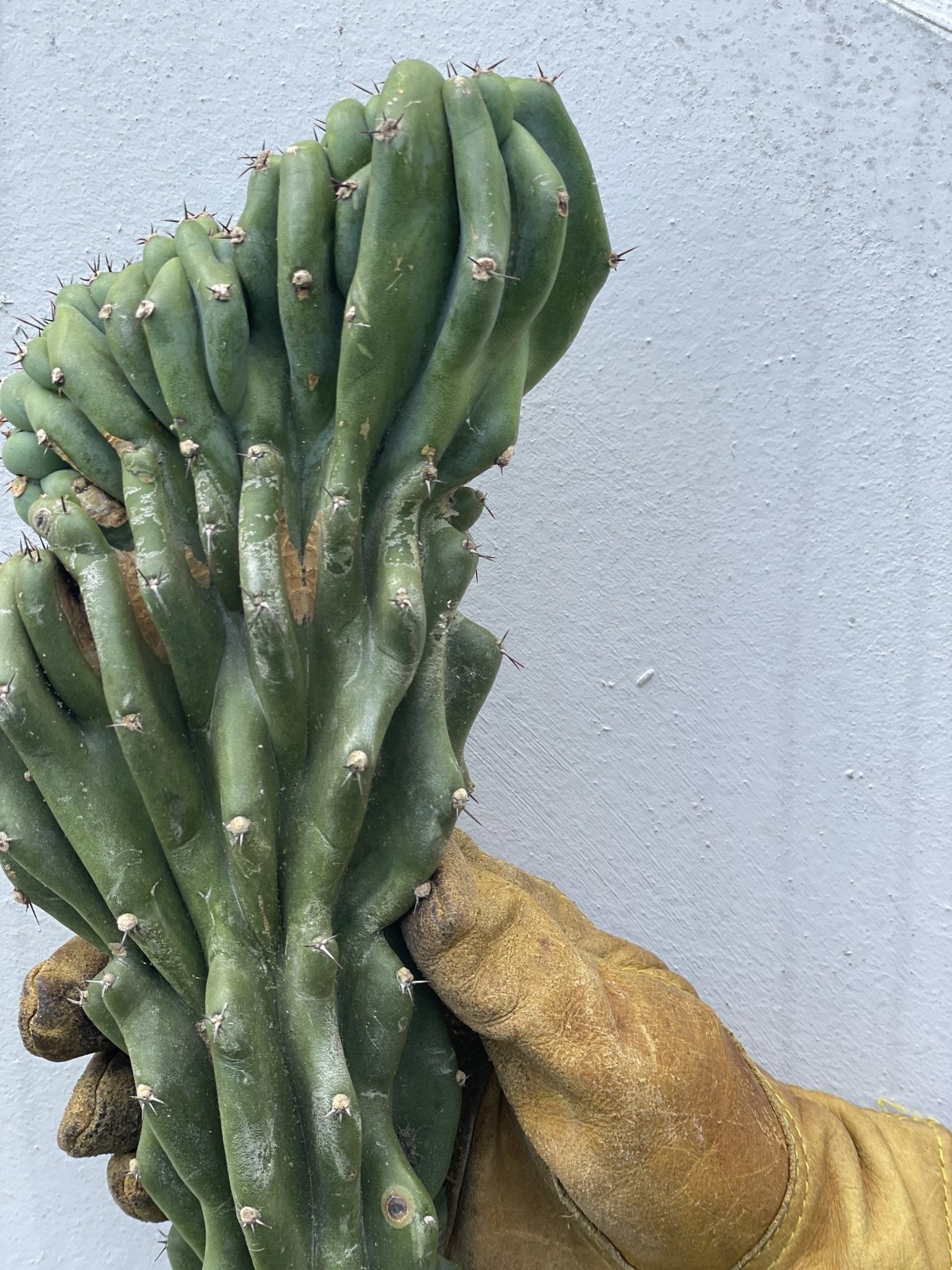


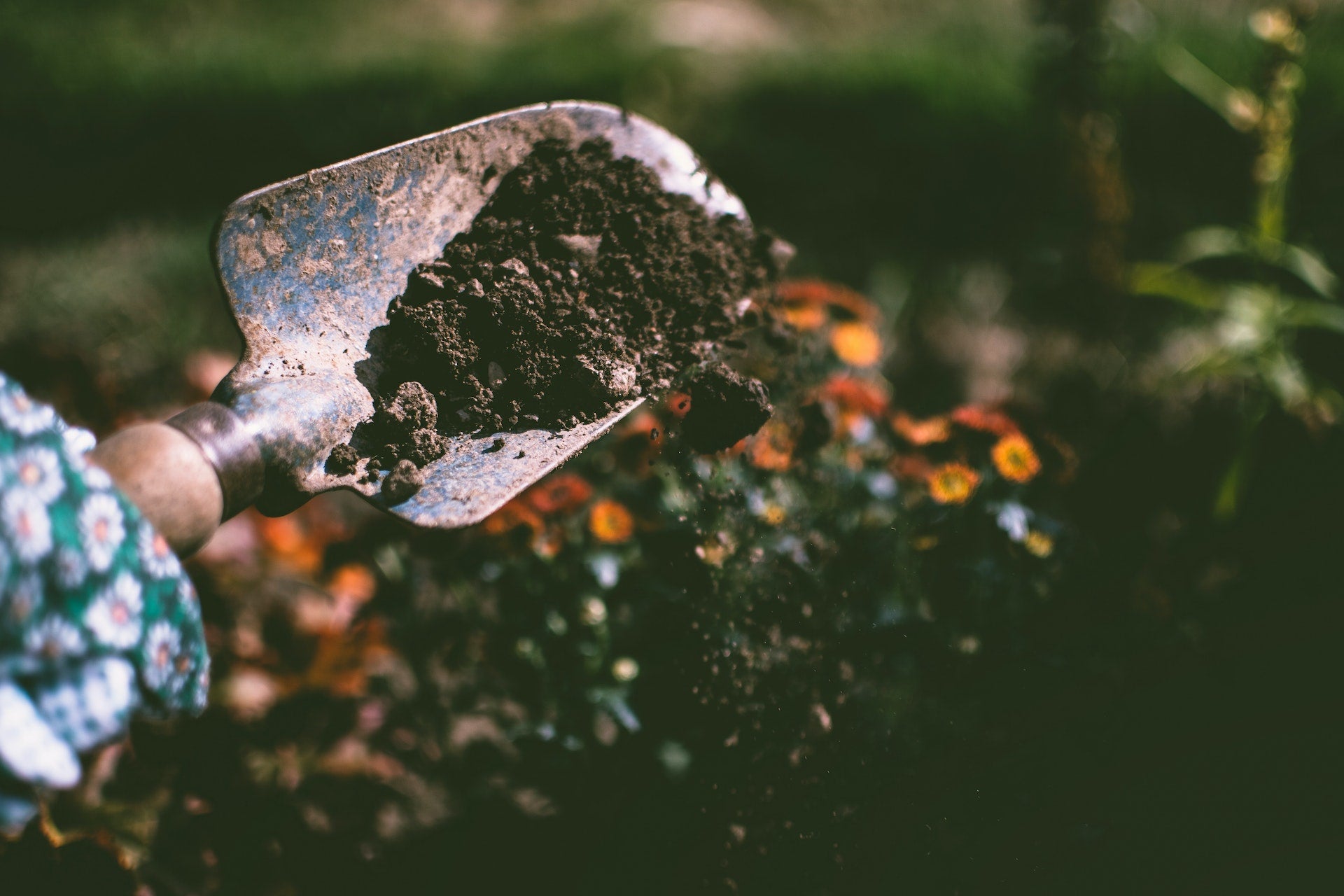
Leave a comment